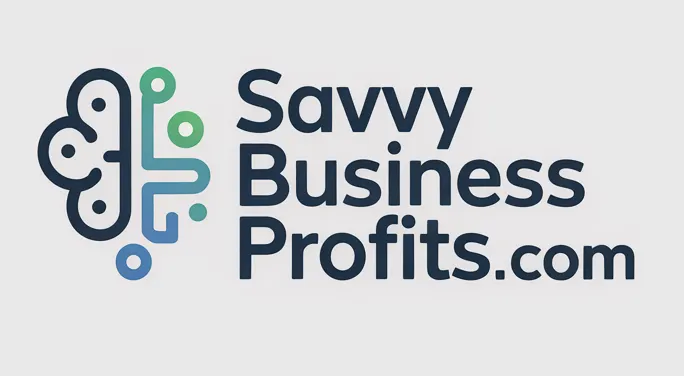No-Code, No Problem: How Anyone Can Launch AI Agents in 2025/2026
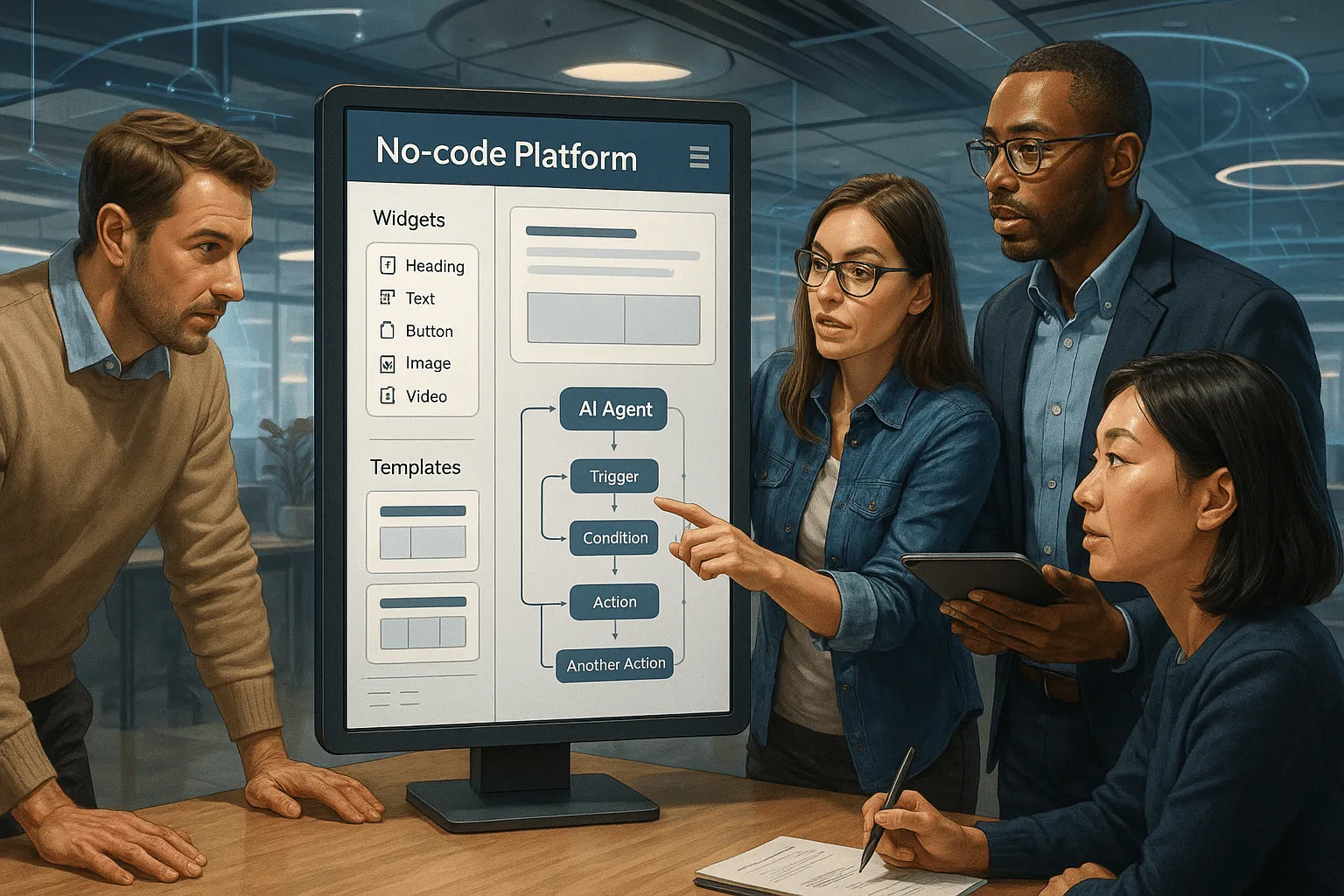
In the not-so-distant past, creating artificial intelligence applications required a team of specialized developers, a substantial budget, and months of development time. Fast forward to 2026, and the landscape has dramatically shifted. Today, entrepreneurs, marketers, business analysts, and virtually anyone with a vision can build and deploy sophisticated AI agents without writing a single line of code.
The democratization of AI development through no-code platforms has unleashed a wave of innovation across industries. Small startups now compete with tech giants, and traditional businesses are transforming their operations with custom AI solutions built in-house. According to recent market analysis, the global no-code development platform market is projected to reach $45.5 billion by 2025, growing at an impressive CAGR of 28.1% [1].
This revolution isn't just about technology—it's about empowerment. It's about giving people the tools to solve problems, automate tasks, and create value, regardless of their technical background. As Charles Lamanna, Corporate Vice President at Microsoft, puts it: "Every employee will have a Copilot, their personalized AI agent, and then they will use that Copilot to interface and interact with the sea of AI agents that will be out there" [2].
Key Takeaways
- 🚀 No-code platforms have democratized AI agent development, allowing non-technical users to build sophisticated solutions without programming knowledge
- 💰 Companies using no-code platforms report up to 90% reduction in development time and significant cost savings
- 🔄 Modern no-code AI tools offer visual interfaces, pre-built templates, and drag-and-drop functionality for creating custom AI agents
- 🌐 By 2026, AI agents will become essential business tools across industries, from customer service to data analysis
- 📈 The no-code AI development market is projected to reach $45.5 billion by 2025, growing at 28.1% annually
Understanding AI Agents: The Building Blocks of Modern Business
Before diving into how to build AI agents without coding, it's important to understand what these digital assistants actually are.
What Are AI Agents?
AI agents are autonomous or semi-autonomous software entities that can perceive their environment, make decisions, and take actions to achieve specific goals. Unlike traditional software that follows predetermined rules, AI agents can learn, adapt, and operate with varying degrees of independence.
In 2026, AI agents have evolved from simple chatbots to sophisticated systems that can:
- Analyze complex data sets and generate insights
- Automate multi-step business processes
- Interact naturally with humans through voice, text, or visual interfaces
- Make predictions and recommendations based on patterns
- Continuously learn and improve from interactions
Why AI Agents Matter for Businesses
For startups and growing businesses, AI agents represent a competitive advantage that was previously available only to large corporations with dedicated AI teams. A survey by Workato found that 76% of businesses implementing AI agents reported improved operational efficiency, with an average productivity increase of 32% [3].
"AI agents aren't just tools—they're digital team members that work 24/7, don't take vacations, and consistently deliver results." - AI Implementation Report 2026
The business applications are virtually limitless:
- Customer Service: AI agents handle routine inquiries, freeing human agents for complex issues
- Sales: AI agents qualify leads, provide personalized recommendations, and even close deals
- Marketing: AI agents analyze campaign performance and optimize content in real-time
- Operations: AI agents monitor systems, predict maintenance needs, and manage inventory
- Finance: AI agents process invoices, detect fraud patterns, and generate financial reports
The Rise of No-Code AI Development
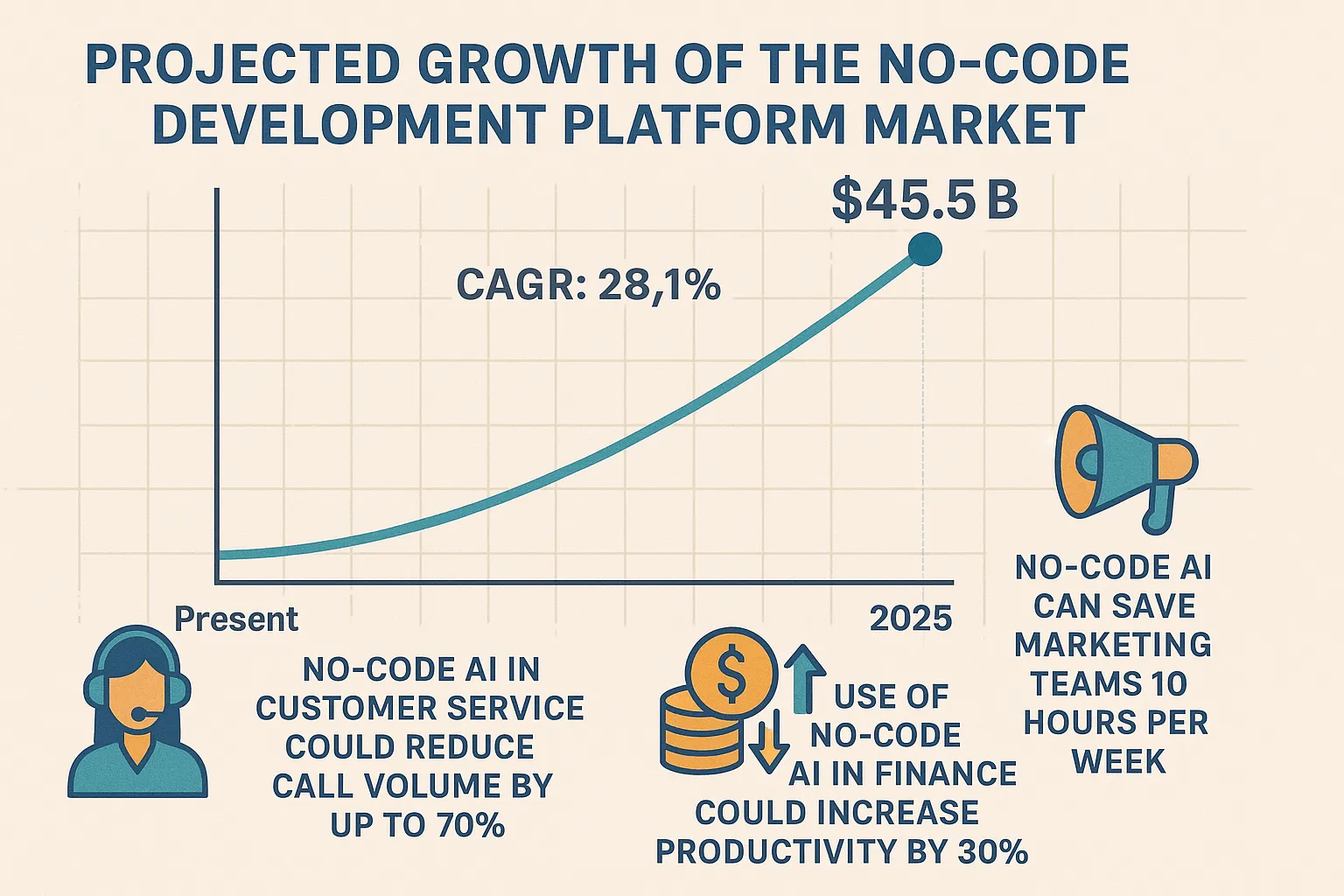
From Coding to Clicking: The Evolution of AI Development
The journey from traditional coding to no-code development represents one of the most significant democratizations of technology in recent history.
Traditional AI Development (Pre-2020)
- Required deep expertise in programming languages like Python
- Demanded knowledge of machine learning frameworks
- Involved complex data preparation and model training
- Typically took months to develop and deploy
- Cost hundreds of thousands of dollars
No-Code AI Development (2026)
- Uses visual interfaces with drag-and-drop functionality
- Offers pre-built templates and components
- Automates data preparation and model training
- Can be deployed in days or even hours
- Costs a fraction of traditional development
The Business Case for No-Code AI Tools
The economic argument for no-code AI development is compelling. Trilogy, a mid-sized service company, used Voiceflow, a no-code platform, to automate 70% of their Tier 1 work orders, saving up to $425,000 in operational costs [4]. This isn't an isolated case—businesses across sectors report similar ROI.
Beyond cost savings, no-code tools provide:
- Speed to market: Launch AI-powered features in weeks instead of months
- Experimentation: Test multiple approaches without significant investment
- Agility: Quickly adapt to changing market conditions or customer needs
- Resource optimization: Redeploy technical talent to more complex challenges
- Innovation democratization: Enable ideas from all departments, not just IT
Popular No-Code Tools for AI Agent Deployment in 2026
The no-code AI landscape has matured significantly, with platforms specializing in different aspects of AI agent development. Here are some of the leading platforms in 2026:
1. Microsoft Copilot Studio
Microsoft's Copilot Studio has evolved into a comprehensive platform for building autonomous AI agents. The platform allows users to create agents that can:
- Handle complex customer queries
- Manage inventory and resources
- Generate reports and insights
- Integrate with Microsoft's broader ecosystem
Best for: Medium to large businesses already using Microsoft products
2. Workato One with Agent Studio
Launched in 2025, Workato One provides an integrated environment for building AI solutions without coding. Its Agent Studio component specializes in:
- Process automation across departments
- Intelligent document processing
- Cross-platform data integration
- Custom workflow creation
Best for: Businesses focusing on process automation and workflow optimization
3. Prisme.ai's AI Store
Prisme.ai offers one of the most user-friendly interfaces for creating no-code agents. Key features include:
- Visual agent builder with intuitive controls
- Extensive library of pre-built templates
- Robust testing and simulation tools
- One-click deployment options
Best for: Small businesses and startups looking for quick implementation
4. Momen App Builder
Momen has gained popularity for its specialized focus on consumer-facing AI agents. Users have created diverse applications, including "Angry Dietitian," which provides personalized health advice [5]. The platform excels at:
- Natural language processing
- Personalization engines
- Multi-channel deployment (web, mobile, voice)
- Integration with popular consumer platforms
Best for: Businesses building customer-facing AI applications
5. Voiceflow
While initially focused on voice applications, Voiceflow has expanded to become a comprehensive platform for conversational AI agents:
- Visual conversation design
- Multi-modal interaction (voice, text, touch)
- Advanced analytics and performance tracking
- Enterprise-grade security features
Best for: Businesses prioritizing conversational interfaces
Step-by-Step Guide: Building Your First AI Agent Without Coding
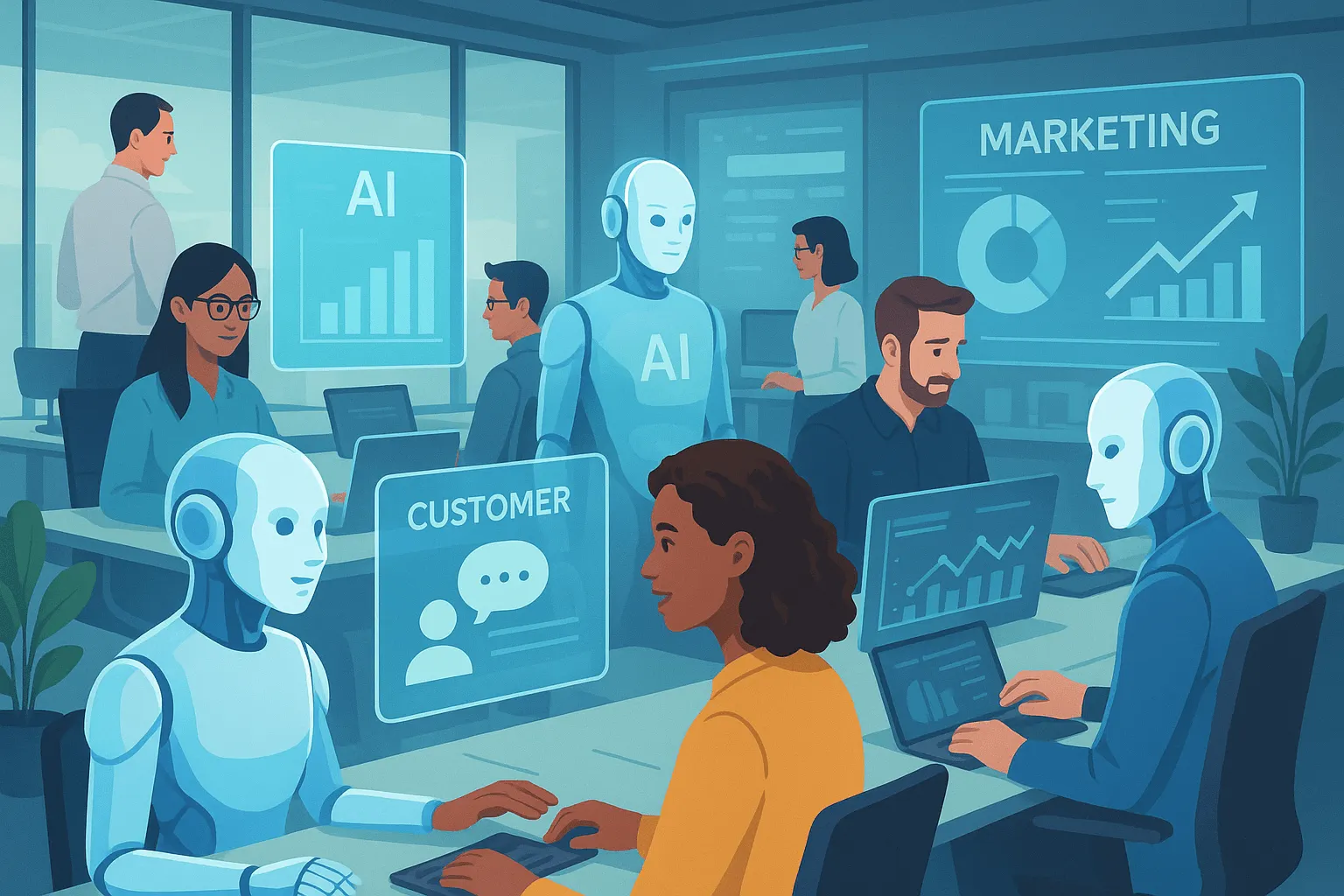
Now that you understand the landscape, let's walk through the process of creating an AI agent without writing a single line of code.
Step 1: Define Your Agent's Purpose and Scope
Before opening any platform, clearly define:
- Primary goal: What specific problem will your agent solve?
- Key functionalities: What tasks will it perform?
- Success metrics: How will you measure its effectiveness?
- Integration requirements: What systems will it need to connect with?
- User interaction model: How will users communicate with it?
💡 Pro Tip: Start small with a focused agent that does one thing extremely well, rather than attempting to build a complex system immediately.
Step 2: Select the Right No-Code Platform
Based on your requirements, select a platform that aligns with your needs. Consider factors such as:
- Specialization: Does the platform excel in your specific use case?
- Pricing model: Is it subscription-based, usage-based, or hybrid?
- Learning curve: How intuitive is the interface for your team?
- Integration capabilities: Does it connect with your existing systems?
- Scalability: Will it grow with your business needs?
Step 3: Design Your Agent's Workflow
Most no-code platforms use a visual workflow builder where you can map out your agent's decision paths:
- Identify entry points: How users will initiate interaction
- Map conversation flows: The paths users might take
- Define decision nodes: Points where the agent needs to make choices
- Create feedback loops: How the agent will learn and improve
- Design fallback mechanisms: What happens when the agent can't help
Step 4: Configure Knowledge Base and Data Sources
Your AI agent needs information to be useful:
- Upload existing documents: Policies, FAQs, product information
- Connect to databases: Customer records, inventory systems, etc.
- Integrate APIs: Weather services, pricing databases, etc.
- Define retrieval methods: How the agent will access this information
- Set up knowledge maintenance: How information will stay current
Step 5: Train Your AI Agent
Even with no-code platforms, your agent needs training:
- Provide example conversations: Show the agent how to respond
- Define entity recognition: Help it identify important information
- Set up intent classification: Train it to understand user goals
- Configure sentiment analysis: Enable it to detect user emotions
- Establish confidence thresholds: When to answer vs. when to escalate
Step 6: Test, Refine, and Deploy
Before going live:
- Internal testing: Have team members interact with the agent
- Scenario testing: Run through common use cases
- Edge case identification: Find where the agent struggles
- Performance optimization: Improve response times and accuracy
- Deployment configuration: Set up monitoring and analytics
Step 7: Monitor, Learn, and Iterate
Once deployed:
- Track key metrics: Usage, success rate, user satisfaction
- Identify improvement areas: Common failures or frustrations
- Implement regular updates: Based on user feedback and performance data
- A/B test variations: Compare different approaches
- Scale gradually: Expand capabilities as confidence grows
Real-World Success Stories: No-Code AI Agents in Action
Case Study 1: Trilogy's Customer Service Transformation
Trilogy, a mid-sized service company, faced mounting customer service costs and long wait times. Using Voiceflow, a no-code platform, they built an AI agent that could:
- Identify customer issues from natural language descriptions
- Access knowledge bases to provide solutions
- Create and track service tickets
- Escalate complex issues to human agents
Results:
- 70% of Tier 1 work orders automated
- $425,000 in annual operational savings
- Customer satisfaction increased by 22%
- Average response time decreased from 4 hours to 3 minutes
Case Study 2: Momen's "Angry Dietitian" Health Advisor
A health startup used Momen's no-code platform to create "Angry Dietitian," an AI agent that provides personalized nutrition advice with a humorous twist:
- Users input their dietary habits and goals
- The agent analyzes the information and compares it to nutritional guidelines
- Recommendations are delivered with humor and tough love
- The agent tracks progress and adjusts recommendations
Results:
- 150,000+ active users within six months
- 78% user retention rate (compared to industry average of 29%)
- 65% of users reported making positive dietary changes
- Development cost was 1/10th of traditional app development
Case Study 3: Regional Bank's Loan Processing Agent
A regional bank used Microsoft's Copilot Studio to create an AI agent for loan processing:
- The agent collects and verifies application information
- It runs preliminary eligibility checks
- Documentation is automatically processed and validated
- Human loan officers receive pre-processed applications with recommendations
Results:
- Loan processing time reduced from 7 days to 36 hours
- 42% increase in application completion rate
- Staff reassigned to complex cases and relationship management
- $1.2 million annual savings in operational costs
Overcoming Challenges in No-Code AI Development
Overcoming ai agent challenges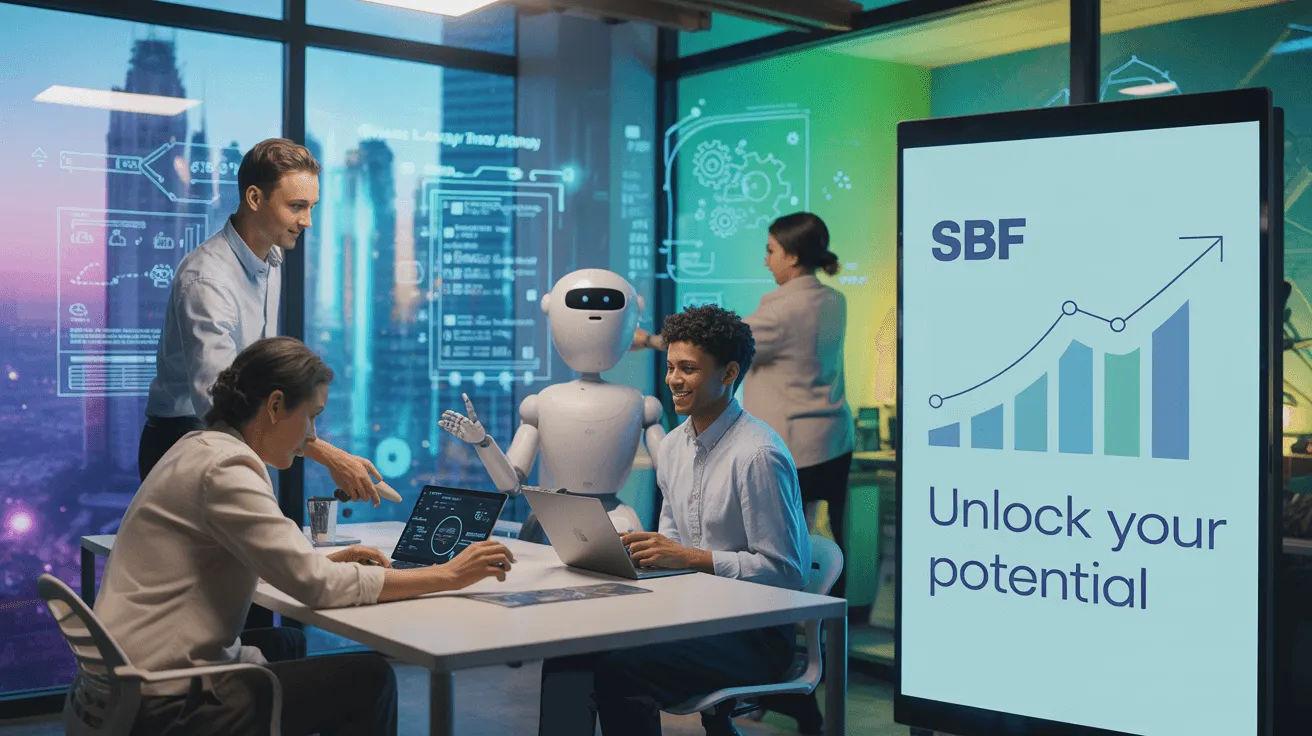
While no-code platforms have made AI development accessible, challenges remain. Here's how to address common obstacles:
Challenge 1: Data Quality and Availability
Solution: Start with a data audit to assess what you have and what you need. Many platforms offer synthetic data generation or pre-trained models that can compensate for limited data. Consider implementing a data collection strategy that gradually improves your agent's knowledge base.
Challenge 2: Integration with Legacy Systems
Solution: Most modern no-code platforms offer API connectors and middleware options. If direct integration isn't possible, consider creating "bridge" solutions that transfer data between systems at scheduled intervals.
Challenge 3: Maintaining Privacy and Security
Solution: Select platforms with robust security certifications (SOC 2, HIPAA, GDPR compliance). Implement role-based access controls and data minimization principles. Consider creating a "sanitized" training environment that uses anonymized data.
Challenge 4: Scaling Beyond Simple Use Cases
Solution: Start with a narrow focus and gradually expand. Many platforms allow for modular development where you can connect multiple specialized agents rather than building one complex system. This "microservices" approach to AI agents offers greater flexibility.
Challenge 5: Change Management and Adoption
Solution: Involve end-users in the development process. Create clear documentation and training materials. Consider a phased rollout with champions in each department. Collect and act on feedback continuously.
The Future of No-Code AI Agent Development
Looking beyond 2026, several trends are emerging that will shape the future of no-code AI development:
1. Hybrid Development Models
The line between no-code and traditional development is blurring. Future platforms will likely offer seamless transitions between visual interfaces and code, allowing teams to use no-code for rapid prototyping and then extend functionality with custom code when needed.
2. AI-Assisted No-Code Development
AI is beginning to help build AI. Platforms are incorporating assistants that can suggest workflows, identify potential issues, and even generate entire agent components based on natural language descriptions of desired functionality.
3. Specialized Industry Solutions
Rather than general-purpose platforms, we're seeing the emergence of industry-specific no-code AI tools optimized for healthcare, finance, education, and other sectors with unique requirements and regulations.
4. Decentralized AI Agent Networks
Individual agents are beginning to collaborate in networks, sharing knowledge and capabilities. This "swarm intelligence" approach allows businesses to create ecosystems of specialized agents rather than monolithic systems.
5. Embedded AI Development
No-code AI development is increasingly being built directly into business applications. Future CRM, ERP, and productivity tools will likely include native capabilities to create and deploy AI agents within their environments.
Conclusion: Your AI Journey Starts Now
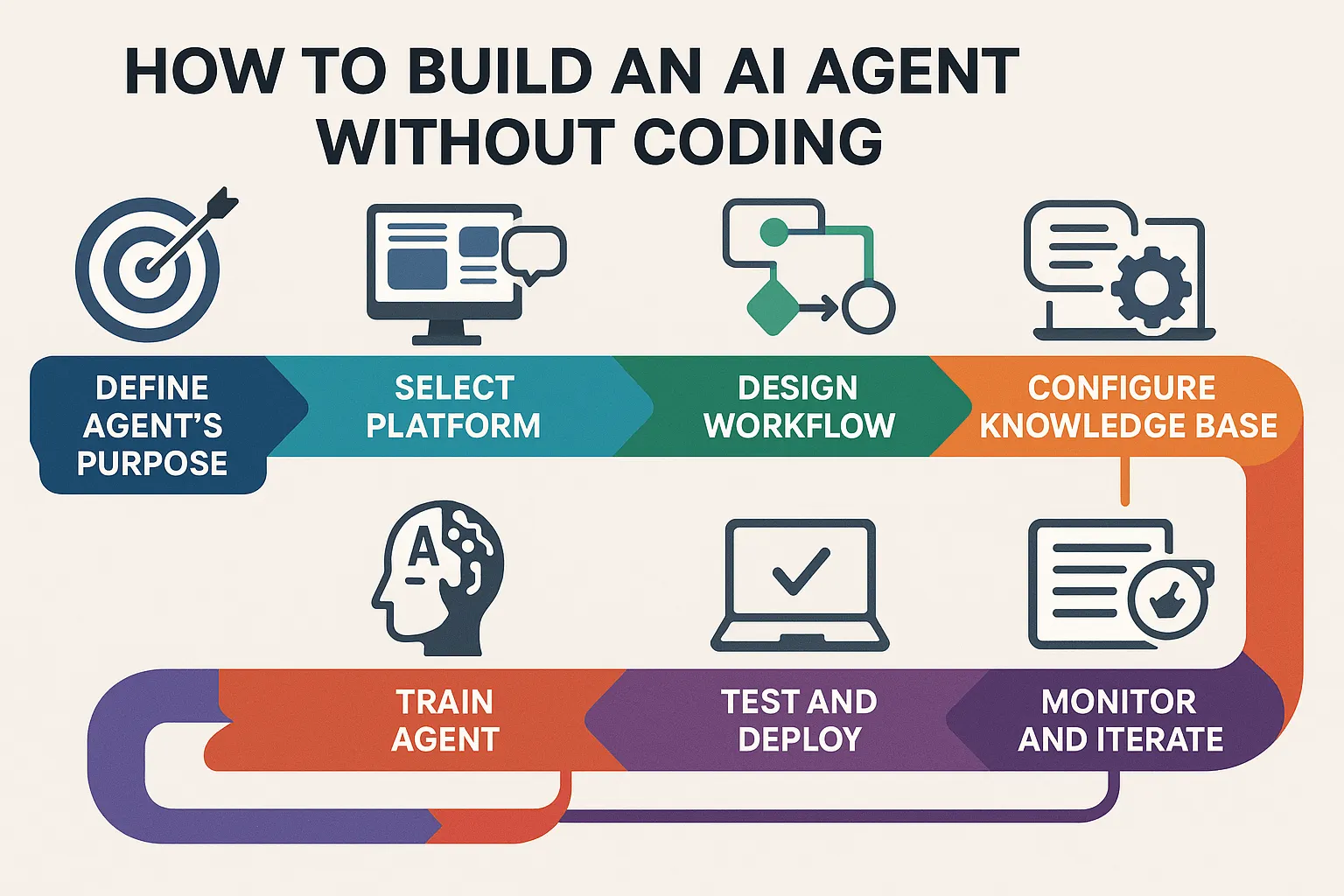
The era of AI exclusivity is over. No-code tools for AI agent deployment have transformed what was once a technical specialty into an accessible business strategy. In 2026, the question isn't whether your organization should adopt AI agents, but how quickly you can implement them to stay competitive.
As we've explored throughout this article, the benefits of no-code AI development are substantial:
- Democratized innovation: Ideas can come from anywhere in your organization
- Accelerated implementation: Weeks instead of months to deploy
- Reduced costs: Fraction of traditional development expenses
- Increased agility: Ability to pivot and adapt quickly
- Focused expertise: Technical teams can tackle more complex challenges
The success stories from companies like Trilogy demonstrate that these aren't theoretical benefits but real-world advantages that translate directly to the bottom line. With savings of $425,000 in operational costs and dramatic improvements in customer satisfaction, the business case is clear [4].
Taking the First Step
For startups and growing businesses ready to embark on their no-code AI journey, the path forward is clear:
- Start small: Identify a specific, high-value problem that an AI agent could solve
- Explore platforms: Use our interactive tool to find the right platform for your needs
- Experiment: Take advantage of free trials and templates to build a prototype
- Measure results: Establish clear metrics to evaluate success
- Scale gradually: Expand your AI capabilities as you gain confidence and expertise
Remember that the most successful AI implementations aren't about replacing humans—they're about augmenting human capabilities and freeing people to focus on what they do best: creativity, empathy, and strategic thinking.
As Charles Lamanna of Microsoft noted, we're entering an era where "every employee will have a Copilot, their personalized AI agent" [2]. The businesses that thrive will be those that embrace this vision and use no-code tools to make it a reality.
The future of AI isn't just for tech giants and AI specialists—it's for everyone with a problem to solve and the vision to see how AI can help. With no-code tools for AI agent deployment, that future is here today.
References
[1] PuppyAgent.com. "How to Create Free AI Agents Without Coding Knowledge." 2025.
[2] Reuters. "Microsoft to Allow Autonomous AI Agent Development Starting Next Month." October 2024.
[3] Workato. "State of Business Technology Report." March 2026.
[4] AIShareNet. "Case Study: Trilogy's Automation Success." January 2026.
[5] Momen.app. "How to Build AI Agents: No Coding Required
